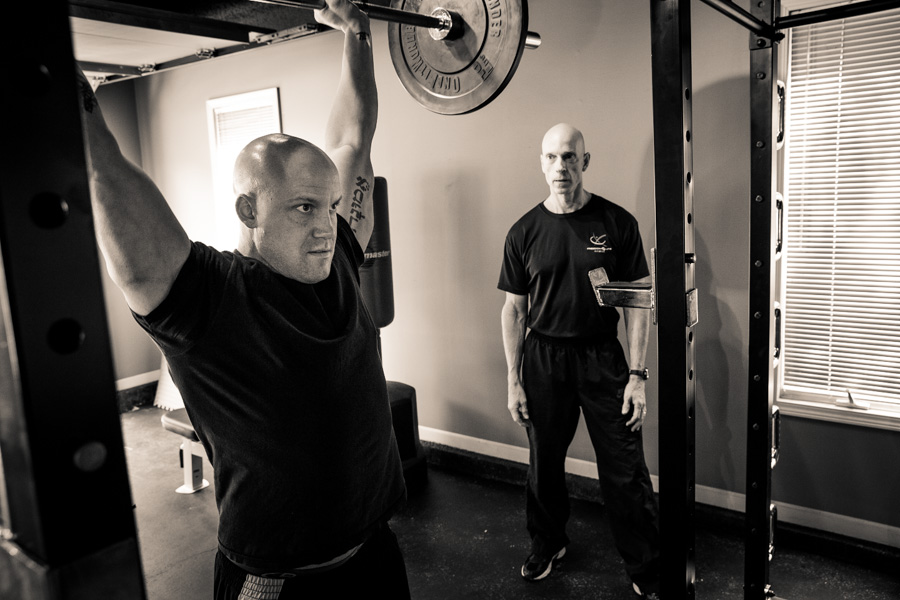Metabolic resistance training has gained popularity in recent years with many individuals using it to help reach their fitness goals. The goal of metabolic resistance training is to maximally expend calories not only during the workout but after as well (afterburn). This type of training has been shown to be quite effective especially for fat loss and improving fitness levels. Crossfit was the first fitness program that brought this type of training to the masses.
So what does the research have to say about it’s effectiveness? A 2015 systematic review and meta-analysis published in the Journal of Diabetes and Metabolic Disorders showed that resistance training especially one that creates metabolic stress was superior to both endurance and/or endurance with traditional strength training for maximizing fat loss.
While traditional strength training methods are effective for muscle growth they are not ideal for fat loss. Traditional routines typically utilize reps between 6 and 15 and allow for rest periods of one to two minutes between sets. It may 30-45 minutes to complete the exercise routine.
Traditional cardiovascular training does burn calories during the exercise session, but few after the workout is completed. Traditional cardiovascular incorporates exercising at a moderate pace for 20-40 minutes either jogging/walking, biking, and/or the elliptical machine.
Unlike traditional workouts metabolic resistance training is excellent for maximizing fat loss. It accomplishes this by increasing the metabolic demand – not only increasing calories during the workout but for 24-48 hours afterwards (it can be as many as several hundred after the workout). In addition it changes your hormonal profile helping to expend greater calories.
Now that we know that metabolic resistance training is superior to traditional training what are the concepts?
- Compound movements (utilizing multiple muscle groups)
- High Intensity
- Heavier Resistance (choose a weight/exercise that you can complete no more than 15 reps when fully rested, preferably less)
- Little or no rest between exercises/Incomplete recovery
- Alternate exercises that utilize different muscle groups (i.e. pushing with pulling)
In addition the principles listed, here are some of the most common exercises:
- Heavy Kettlebells
- Olympic lifting (Clean & Jerk, Snatch)
- Power Lifts (Deadlifts, Squats, Bench Press)
- Pull Ups
- Thrusters (Squat w/Overhead Press)
You can take these exercises and put them in a variety of combinations. These variations include different rep schemes such as 21/15/9 – perform each exercise for 21 reps, then 15, and then 9. Another method is utilizing a certain amount of time and then perform as many reps as possible (AMRAP) in the allotted time. Here’s a few examples of metabolic resistance training:
21/15/9
Bench Press @70% of 1RM (amount of weight you lift once)
Pullups (assisted pullups if necessary)
Bear Complex – perform 7 reps for 5 rounds – keeping rest to a minimum between rounds (approximately 1 minute). You perform 1 power clean, then 1 front squat and so on – completing 7 total reps.
Power Clean
Front Squat
Push Press
Back Squat
Push Press
10 Minute AMRAP (highly fit individuals can use weight vest)
- 5 Pull Ups
- 10 Push Ups
- 15 Bodyweight Squats
If your unhappy with your fitness levels and/or body fat percentage give these a try. We have seen many individuals make dramatic shifts in their body fat when switching over from traditional training to metabolic resistance training.
Glen Carrigan is co-owner and operator of Freedom 4 Life Fitness with his wife Yvette. Glen & Yvette are dedicated and experienced personal trainers providing residents of Leawood, Overland Park KS, and greater Kansas City with an outstanding fitness experience.
